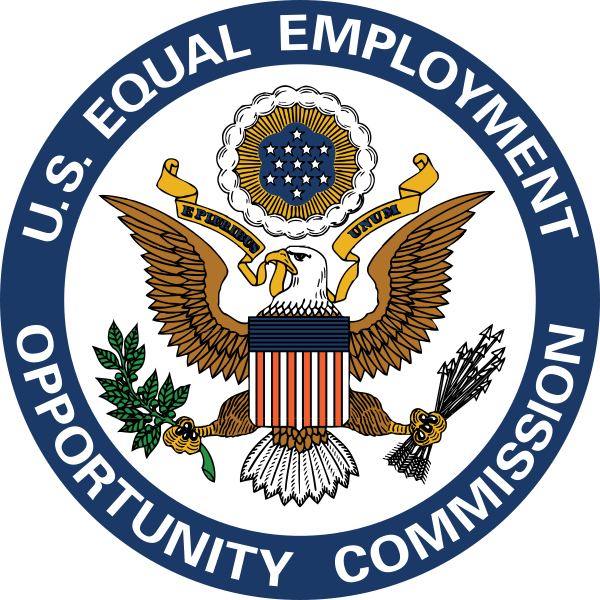Search
6 EEOC priorities over the next 4 years and the impact on your business

Thus far, you’ve managed to keep your equal-employment-opportunity nose clean. Good for you. In fact, with the economy the way it is, combined with the dwindling resources available to our federal agencies — including the U.S. Equal Employment Opportunity Commission — your odds of facing a federal investigation based on a complaint of discrimination or harassment are fairly slim.
But…
On Tuesday, the EEOC announced its Strategic Enforcement Plan. And within that plan, you’ll find six areas of EEOC focus over the next four years:
- Eliminating barriers in recruitment and hiring;
- Protecting immigrant, migrant and other vulnerable workers;
- Addressing emerging and developing employment discrimination issues;
- Enforcing equal pay laws;
- Preserving access to the legal system; and
- Preventing harassment through systemic enforcement and targeted outreach.
My read on the plan is this: If one of your employees has a “typical” discrimination or sexual-harassment claim, the EEOC may investigate and not do much more (e.g., litigate the matter in federal court). This is true, especially if your employee has an attorney. The EEOC will view that situation as one in which your employee has access to the courts.
However, if an unrepresented employee (or better yet, employees plural) shows up at the EEOC complaining about you, the EEOC is likely to take an interest. This is especially true if the complaints involve more unique issues like: (a) Americans with Disabilities Act coverage, reasonable accommodation, qualification standards, undue hardship, and direct threat); (b) pregnancy accommodation; or 3) LGBT rights (anything that could form the basis for a sex-stereotyping case).
So what are some ways in which you can remain compliant in 2013 and beyond?
- Double check to see that similarly-situated employees are being treated equally, especially when it comes to compensation;
- Update job descriptions and review hiring tests to make sure that everything is job-related; and
- Schedule some anti-harassment training for your employees, making sure that they know how to alert you to problems in the workplace — before going to the EEOC — to allow you to fix them.
 The Employer Handbook Blog
The Employer Handbook Blog


